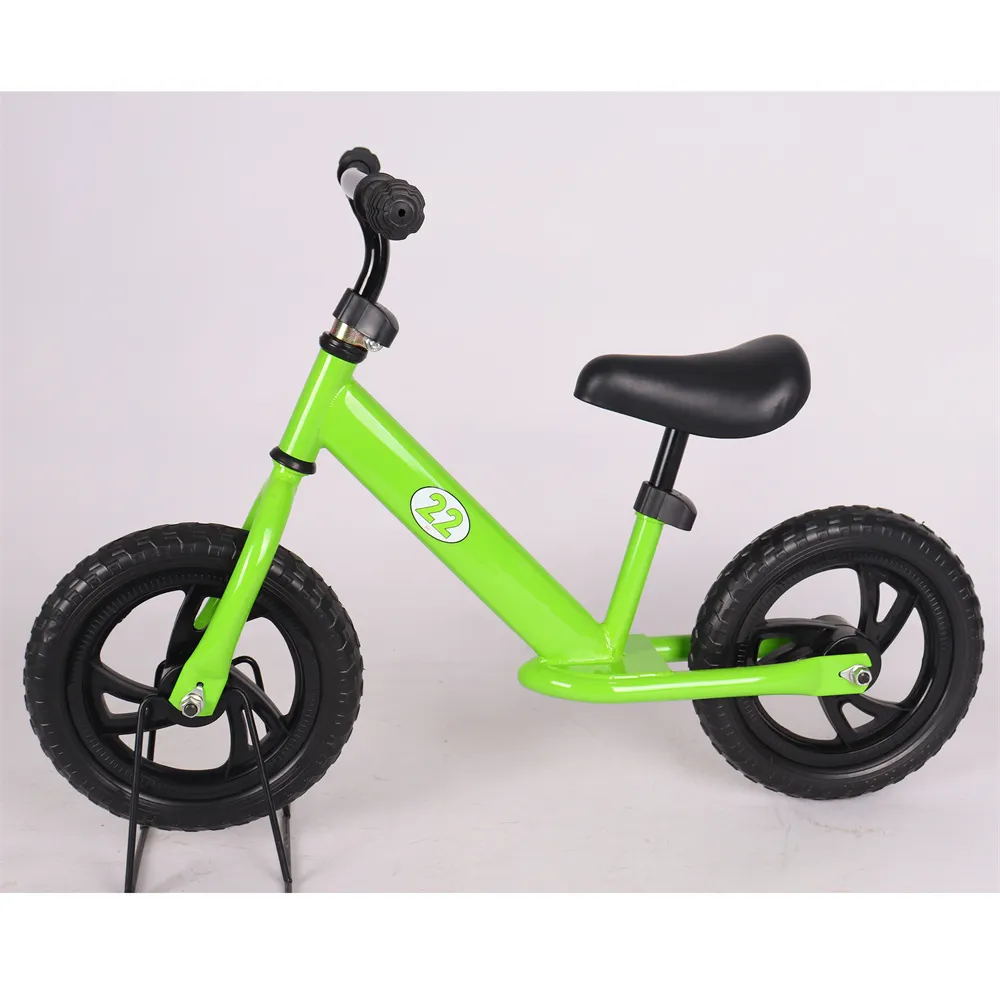Choosing the Best Balance Bike for Your Child’s Development and Fun
The Benefits of Balance Bikes for Children
In recent years, balance bikes have surged in popularity among parents, educators, and children alike. These innovative two-wheeled vehicles, designed for young riders, offer a unique approach to developing balance and coordination in children who are just beginning to explore the world of cycling. Unlike traditional bicycles, balance bikes do not have pedals, allowing kids to focus on mastering the essential skills of balance and steering before transitioning to a pedal bike. In this article, we will discuss the numerous benefits of balance bikes for children and why they are an excellent choice for budding cyclists.
The Benefits of Balance Bikes for Children
Another advantage of balance bikes is that they are incredibly lightweight and easy for children to maneuver. Most balance bikes are crafted from materials such as aluminum or plastic, making them simple for kids to push, steer, and stop. This ease of use encourages children to ride more frequently, leading to improved motor skills and physical fitness. Moreover, the low seat height allows younger children to easily reach the ground, providing a sense of security as they can quickly put their feet down when needed.
balance bike for children

Safety is a paramount concern for parents, and balance bikes can offer a safer alternative to training wheels. When children ride with training wheels, they often fail to learn how to balance properly, which can hinder their development as cyclists. Conversely, balance bikes teach kids the necessary skills to balance on two wheels, enabling a smoother transition to a pedal bike in the future. The absence of pedals also means that children can learn at their own pace, gradually progressing from scooting to gliding and eventually coasting without the fear of falling over while trying to pedal at the same time.
In addition to physical skills, balance bikes also foster important social and emotional development. Riding a balance bike often takes place in parks or playgrounds, providing opportunities for children to interact with their peers. This social interaction promotes teamwork and communication skills, as children learn to ride alongside friends, share the space, and take turns. Furthermore, the sense of accomplishment that comes from mastering the art of balance boosts self-esteem and encourages resilience as children overcome challenges.
Parents will also appreciate the affordability and low maintenance associated with balance bikes. Unlike traditional bicycles, which can be cumbersome and require regular upkeep, balance bikes are typically simpler in design, making them less prone to mechanical issues. In addition, the average cost of a balance bike is generally lower than that of a conventional bike, making it an accessible option for families.
In conclusion, balance bikes are an exceptional tool for young children to develop essential skills necessary for cycling and engaging in a variety of physical activities. By focusing on balance, coordination, and confidence, these bikes help children pave the way for a lifetime of healthy habits. As parents, choosing a balance bike can provide your child with the opportunity to explore their physical capabilities in a fun and safe environment. Investing in a balance bike is not just about cycling; it is about building a foundation for an active and adventurous future.
-
kids-scooter-tiny-olympic-games-scooterathlonNewsAug.22,2025
-
kids-scooter-waves-xingtai-zhongzhous-global-rippleNewsAug.22,2025
-
baby-tricycle-oem-legacy-zhongzhou-forgedNewsAug.22,2025
-
xingtais-twin-tricycle-revolution-siblings-ride-togetherNewsAug.22,2025
-
baby-tricycle-design-inspired-by-ancient-armorNewsAug.22,2025
-
nfc-chip-enabled-oem-baby-tricycle-trackingNewsAug.22,2025
-
The Perfect Baby TricycleNewsAug.11,2025








